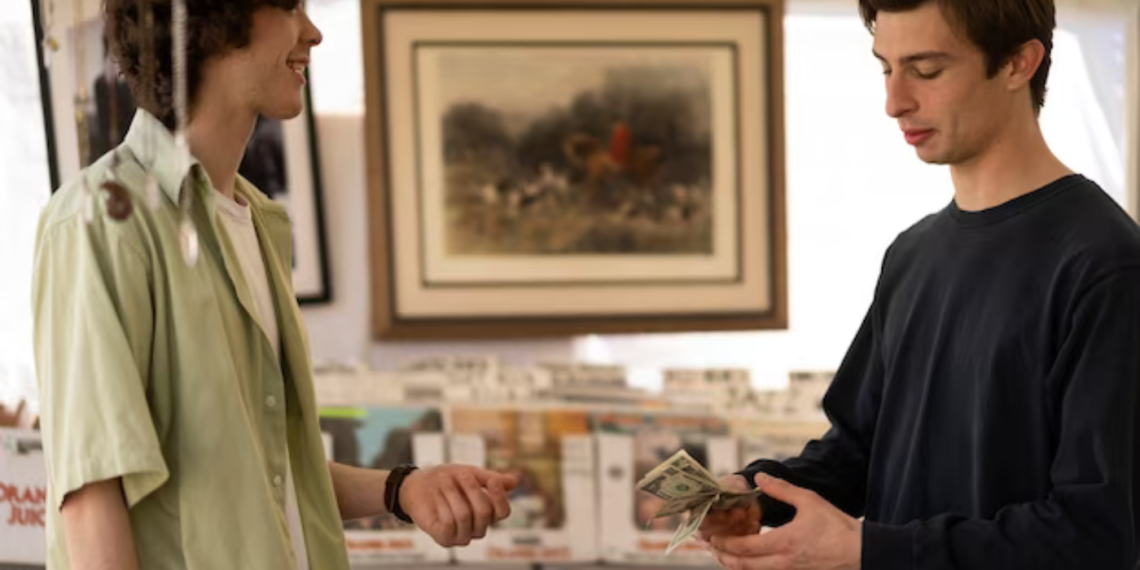When it comes to art auction, an art dealer wants to buy the best work available at the right price. To do this, you need to understand how auctions work to make a calculated bid. If you’ve never participated in an auction before, it can seem like a completely foreign concept. After all, auctions aren’t for everyone! But if you’re willing to put in a little bit of time and research on your own, you can easily begin participating in more auctions. As with anything else, practising makes perfect.
Research the Art You Want to Buy

It can be very difficult to research an art piece before an auction, especially if you want to find out as much information about it as possible. You’ll want to understand the artwork itself, any stories behind it, and the artists who inspired it.
You’ll also want to make sure that the piece isn’t already going to auction. You can use some of the online resources listed below to help you gather this information. However, what you learn from these resources will only help you to a point.
At an auction, you’ll be up against other bidders drafting lots of information about the pieces being auctioned off. You’ll need to do the same, which is why you need to do the research upfront.
- Understand the Artwork: Delve into the specifics of the artwork. What is its historical significance? What artistic movements or styles does it represent? Understanding the piece’s context enhances your appreciation and positions you as a knowledgeable bidder.
- Uncover Stories Behind the Art: Many artworks carry narratives that add layers to their value. Investigate any stories, inspirations, or anecdotes connected to the piece. This information not only enhances your bidding strategy but also enriches your connection with the artwork.
- Know the Artist: Familiarize yourself with the artist behind the masterpiece. Explore their body of work, reputation, and market demand for their creations. This knowledge aids in evaluating the potential future value of the piece.
- Check Auction Listings: Ensure the art piece is not already slated for auction. Online resources and auction listings can help you gather this crucial information.
Prepare for Auction With a Winning Strategy
The last trick you need to complete your winning bid is a strategy. Most of the time, you’ll be finding the auctions you participate in either on the internet or at a local art fair. You’ll want to find a few auctions that seem like they could go your way and then draft a strategy to get it done.
You’ll want to draft out a few winning strategies that you can use to win your next few auctions. Most of these strategies will be based on the art you want to buy.
You’ll want to draft strategies like, “If I like the work I’m watching, I’ll draft a winning bid.”, “If the auction is held online, I’ll draft a winning bid.”, “If the opening bid is high, I’ll draft a winning bid.”, “If I’m watching a lot that’s similar to mine, I’ll draft a winning bid.”, and “If I’m watching a lot that’s similar to me, I’ll draft a winning bid.”.
These are just a few examples of winning strategies you can use to win your next few auctions. You’ll want to draft out a few winning strategies that you can use to win your next few auctions.
Navigating an art auction successfully requires a well-thought-out strategy. Consider the following elements:
- Identify Potential Auctions: Locate auctions that align with your preferences. Whether online or at a local art fair, choose events that showcase pieces you are interested in.
- Draft Winning Strategies: Develop multiple strategies based on different scenarios. For instance, consider strategies for high opening bids, online auctions, or situations where similar lots are up for bidding. Having a range of strategies prepares you for various auction dynamics.
- Stay Adaptable: Be prepared to adjust your strategy based on the unfolding circumstances during the auction. Flexibility is key to navigating the unpredictability of bidding wars.
Know the Lingo: Terms and Conditions
Before you head to your first auction, you’ll want to take the time to read through the terms and conditions. Most auctions will have this information printed right on the auction flyer.
But if they don’t, you can easily find it online. By reading through the information, you’ll be able to better understand the auction process, what is required from you, and also understand your rights as a bidder.
Auctions come with specific terms and conditions that every bidder should be familiar with:
- Read the Fine Print: Take the time to thoroughly read through the terms and conditions provided by the auction house. This information clarifies the auction process, your responsibilities as a bidder, and outlines your rights.
- Be Informed: Understanding the rules and regulations ensures a smooth bidding experience. Familiarize yourself with payment requirements, buyer’s premiums, and any other relevant details outlined in the terms and conditions.
Practice Your Calculated Bid Strategies

What good is drafting winning strategies if you never practice using them? What does it mean to practice a strategy? Well, it means that you need to draft winning bids with your winning strategies on paper and in your head. You can’t see the pieces of art and the auctioneers in person.
So, you’re going to have to draft these bids in your head and paper. You can draft your bids while standing in line at the grocery store while sitting in your car, or while taking a sip of your coffee in the morning. You can’t see the pieces of art and the auctioneers in person.
So, you’re going to have to draft these bids in your head, on paper or in your head. This is how you’re going to practice for your next few auctions.
Practice is the key to mastering any skill, and bidding at an art auction is no exception:
- Draft Bids on Paper: Simulate the auction environment by drafting bids on paper. This helps you visualize your strategies and ensures you are well-prepared for the actual event.
- Practice Mentally: Since you can’t physically see the pieces or auctioneers until the event, practice your bidding strategies mentally. This mental rehearsal sharpens your decision-making skills.
Wrap Up
When it comes to finding art, many people are intimidated by the process. However, it is important to remember that art is most often a reflection of a certain time and place. Hence, you need to find the time to understand the art and its context as much as possible.
When you do find yourself in front of a piece of art you like, you need to understand how auctions work. It is important to know what a reserve price is, what the estimated value is, and how bidding works. With a little research and practice, you will be well on your way to making a better purchase at your next art auction.
Remember, bidding at an art auction is not just about numbers; it’s about passion, knowledge, and calculated decision-making. By following these steps, you can enhance your chances of securing the artwork you desire while making informed and financially responsible choices. Happy bidding!





